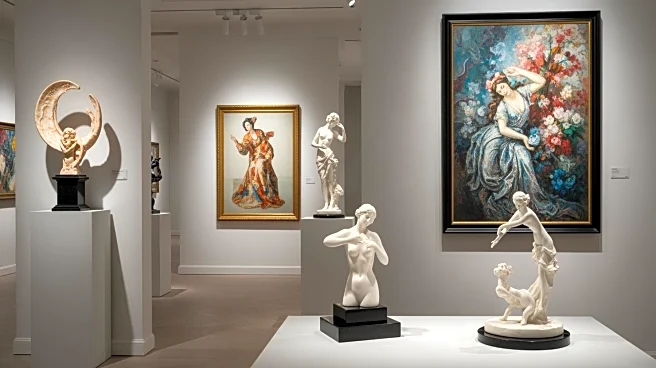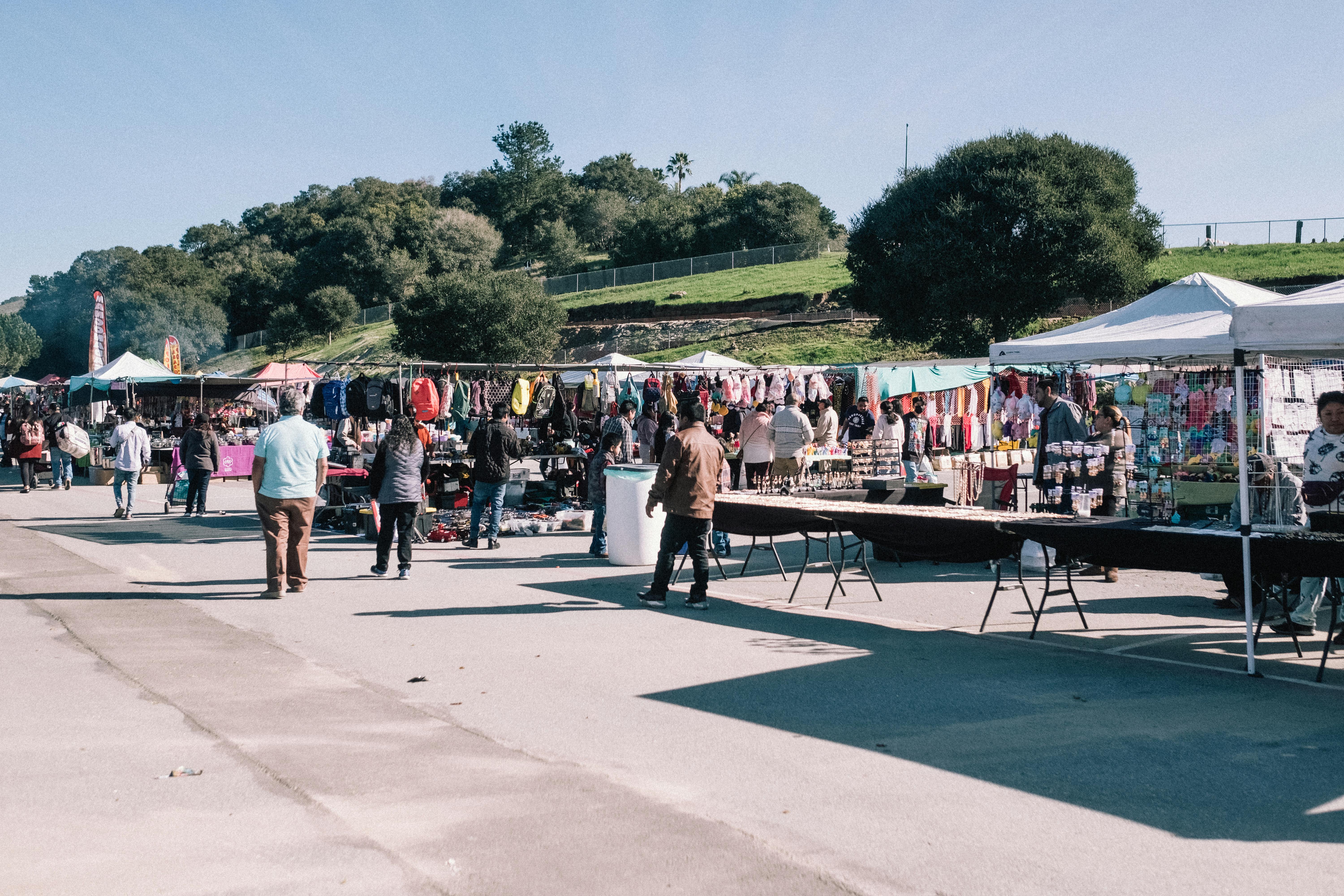What's Happening?
The latest Art Basel and UBS Survey of Global Collecting has revealed that wealthy women are spending significantly more on art compared to their male counterparts. The survey, which included 3,100 high net worth individuals (HNWIs) across ten markets,
found that women are not only spending more but are also more inclined to purchase works by unknown artists. The report highlights that women controlled over a third of global wealth by the end of 2024, with expectations that they will manage 75% of discretionary spending globally within five years. The survey also noted generational differences in art spending, with Gen Z and Millennials showing broader tastes compared to Boomers, who primarily focus on paintings.
Why It's Important?
The findings underscore the growing influence of women in the art market, which could reshape industry dynamics. As women gain more control over global wealth, their preferences and spending habits are likely to drive market trends, potentially increasing demand for diverse and emerging artists. This shift could lead to more inclusive representation in art collections and exhibitions. Additionally, the report suggests that younger generations are diversifying their investments in art, which may influence future market stability and growth.
What's Next?
The art market may see increased efforts to cater to the preferences of female collectors and younger generations. Auction houses, galleries, and fairs might adjust their strategies to attract these demographics, potentially leading to more innovative and diverse offerings. As women continue to gain financial power, their impact on the art market could lead to significant changes in how art is valued and traded globally.
Beyond the Headlines
The report challenges stereotypes about risk aversion among women, showing that female collectors are more willing to invest in untested artists. This could encourage a broader acceptance of new and diverse artistic expressions, fostering a more dynamic and inclusive art market. The rise in direct-from-artist sales also suggests a shift towards more personalized and transparent transactions, which could redefine traditional sales channels.
















